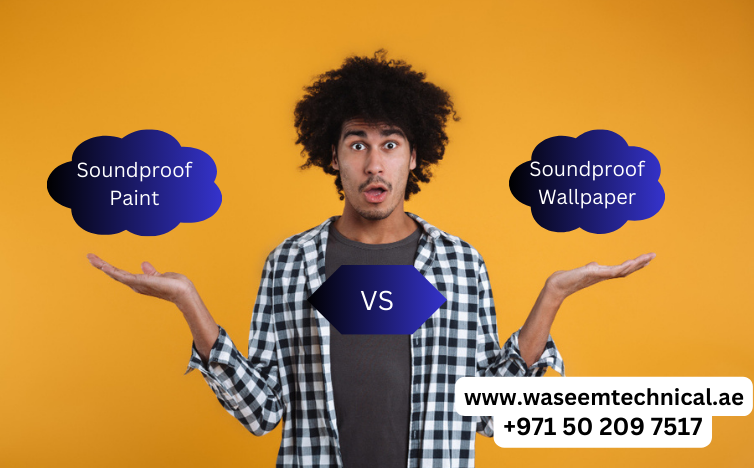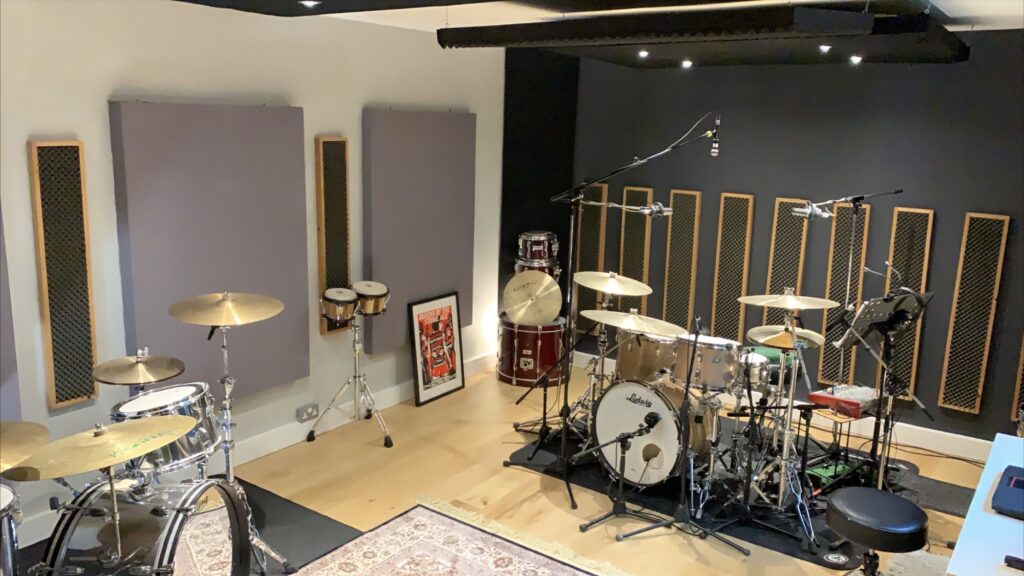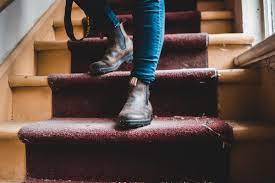In the realm of interior design, the quest for peace and tranquility within our living spaces has led to the development of various soundproofing solutions. Among these, soundproof paint and wallpaper stand out as popular choices. Both promise to reduce noise transmission, but which one is truly superior? Let’s delve into the characteristics, benefits, and limitations of each to find out.
Soundproof Paint:
Soundproof paint is a specialized type of paint formulated to absorb sound waves and prevent them from traveling through walls. It typically contains additives such as mass-loaded vinyl or ceramic microspheres that enhance its soundproofing properties.
Benefits:
- Easy Application: Soundproof paint is applied just like regular paint, making it a convenient option for both DIY enthusiasts and professionals.
- Minimal Space Requirements: Unlike bulky soundproofing materials, soundproof paint adds negligible thickness to the wall, making it suitable for rooms with limited space.
- Aesthetic Appeal: Soundproof paint is available in various colors and finishes, allowing for seamless integration into any interior design scheme.
Limitations:
- Limited Effectiveness: While soundproof paint can reduce noise levels to some extent, its effectiveness is generally lower compared to other soundproofing methods such as acoustic panels or insulation.
- Surface Preparation: Achieving optimal soundproofing performance may require proper surface preparation, including filling cracks and smoothing out imperfections.
- Cost: Soundproof paint can be relatively expensive compared to traditional paint, especially considering its moderate effectiveness.
Soundproof Wallpaper:
Soundproof wallpaper, also known as acoustic wallpaper, is a wall covering designed to dampen sound vibrations and improve acoustics within a room. It typically consists of multiple layers, including sound-absorbing materials such as foam or fabric.
Benefits:
- Effective Sound Absorption: Soundproof wallpaper can significantly reduce noise transmission by absorbing sound waves, particularly high-frequency sounds such as voices or footsteps.
- Versatility: Soundproof wallpaper comes in a wide range of designs, patterns, and textures, allowing homeowners to enhance both the acoustics and aesthetics of their living spaces.
- Easy Installation: Similar to traditional wallpaper, soundproof wallpaper is easy to install and can be applied to most smooth surfaces with adhesive.
Limitations:
- Thickness: Some soundproof wallpapers may add noticeable thickness to the walls, which could be a concern in rooms with limited space.
- Cost: High-quality soundproof wallpaper can be more expensive than standard wallpaper, potentially increasing the overall cost of wall treatment.
- Maintenance: Certain types of soundproof wallpaper may require special care during cleaning to maintain their acoustic properties and appearance.
Which One is Better?
The choice between soundproof paint and wallpaper ultimately depends on various factors, including budget, desired level of soundproofing, and aesthetic preferences. For those seeking a cost-effective and minimally invasive solution, soundproof paint may be the preferred option. However, if aesthetics and superior sound absorption are paramount, soundproof wallpaper could offer a more attractive solution despite its higher cost.
Contact Waseem Technical Soundproofing Expert in Dubai: +971 50 209 7517
Conclusion
Both soundproof paint and wallpaper offer viable options for reducing noise transmission within a home or commercial space. By considering factors such as effectiveness, cost, and aesthetics, individuals can make an informed decision to create a more peaceful and enjoyable environment.
FAQs
Can soundproof paint completely eliminate noise?
While soundproof paint can reduce noise levels, it typically cannot completely eliminate noise, especially low-frequency sounds such as bass vibrations.
Can soundproof wallpaper be installed in humid environments like bathrooms?
Yes, there are moisture-resistant soundproof wallpapers available that are suitable for humid environments like bathrooms. However, it’s essential to ensure proper ventilation to prevent moisture buildup behind the wallpaper.
Is it possible to combine soundproof paint and wallpaper for enhanced soundproofing?
Yes, combining soundproof paint with soundproof wallpaper can potentially enhance soundproofing performance by addressing sound transmission through both the wall surface and the interior airspace.
Are there any safety considerations when using soundproof paint or wallpaper?
It’s essential to follow the manufacturer’s instructions and safety guidelines when applying soundproof paint or wallpaper, including proper ventilation and protective gear. Additionally, ensure that the products used comply with relevant safety standards.




